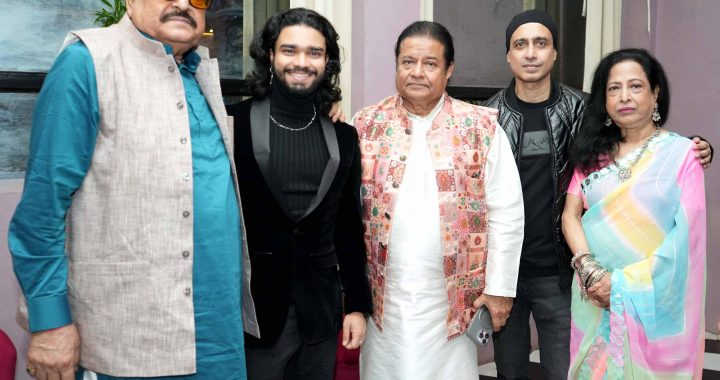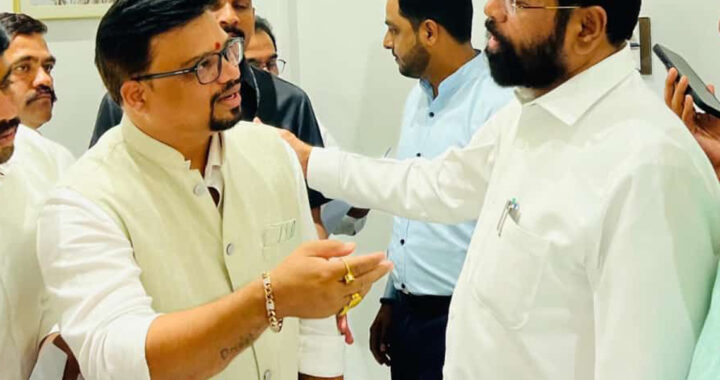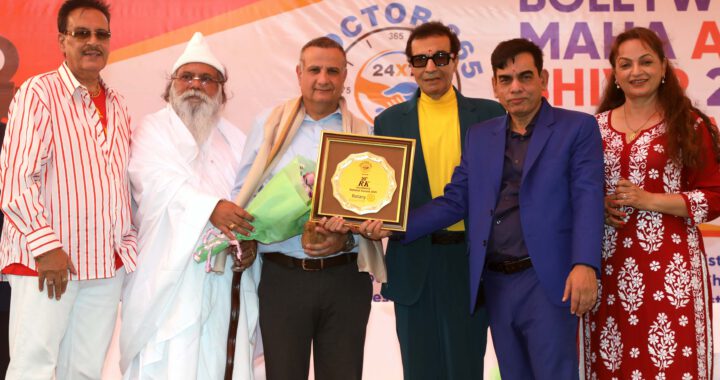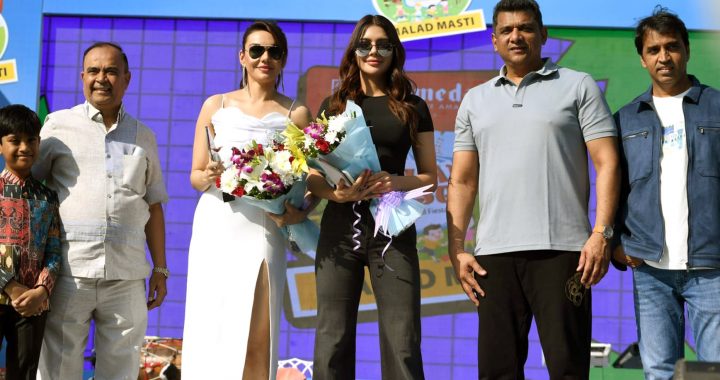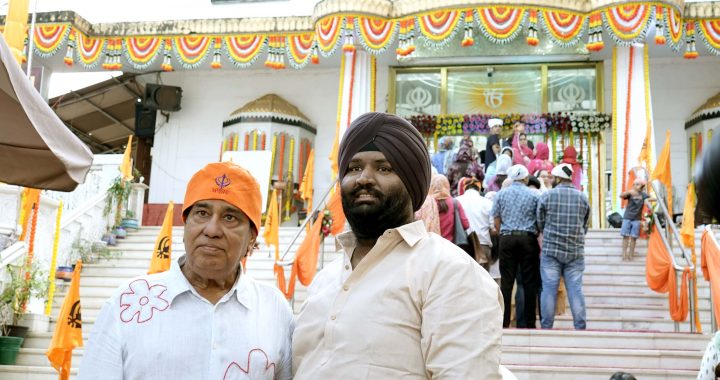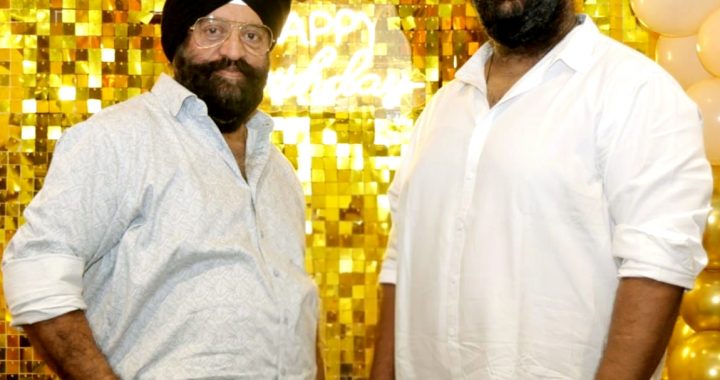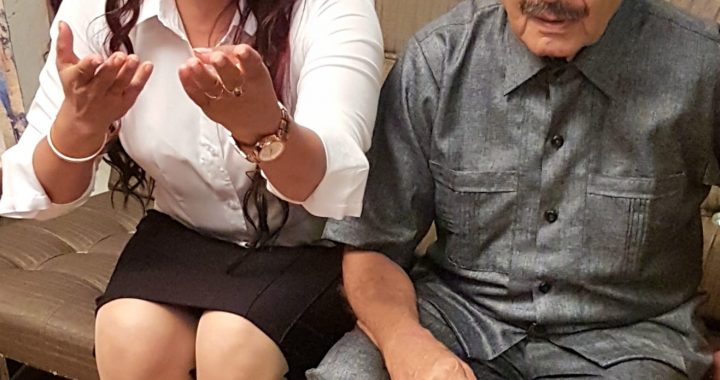K Sera Sera, Vikram Bhatt set up India’s first virtual production studio in Mumbai
4 min read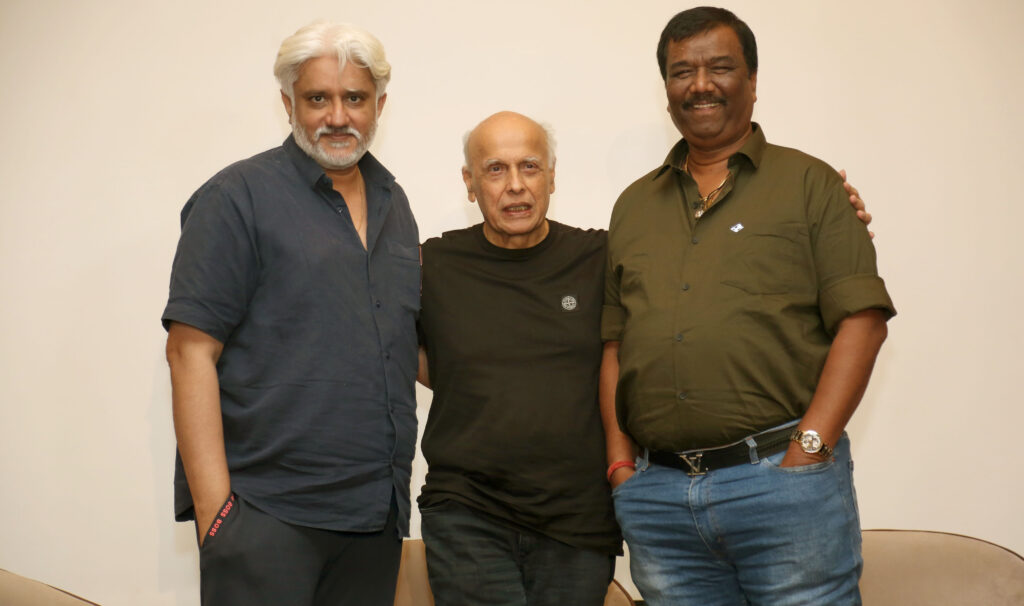
K Sera Sera and Vikram Bhatt have opened India’s first virtual production studio located on the Dahisar Highway, Mumbai, and spread over an area of 50,000 sq.ft. It has four independent floors where four films/projects can be shot at one time.
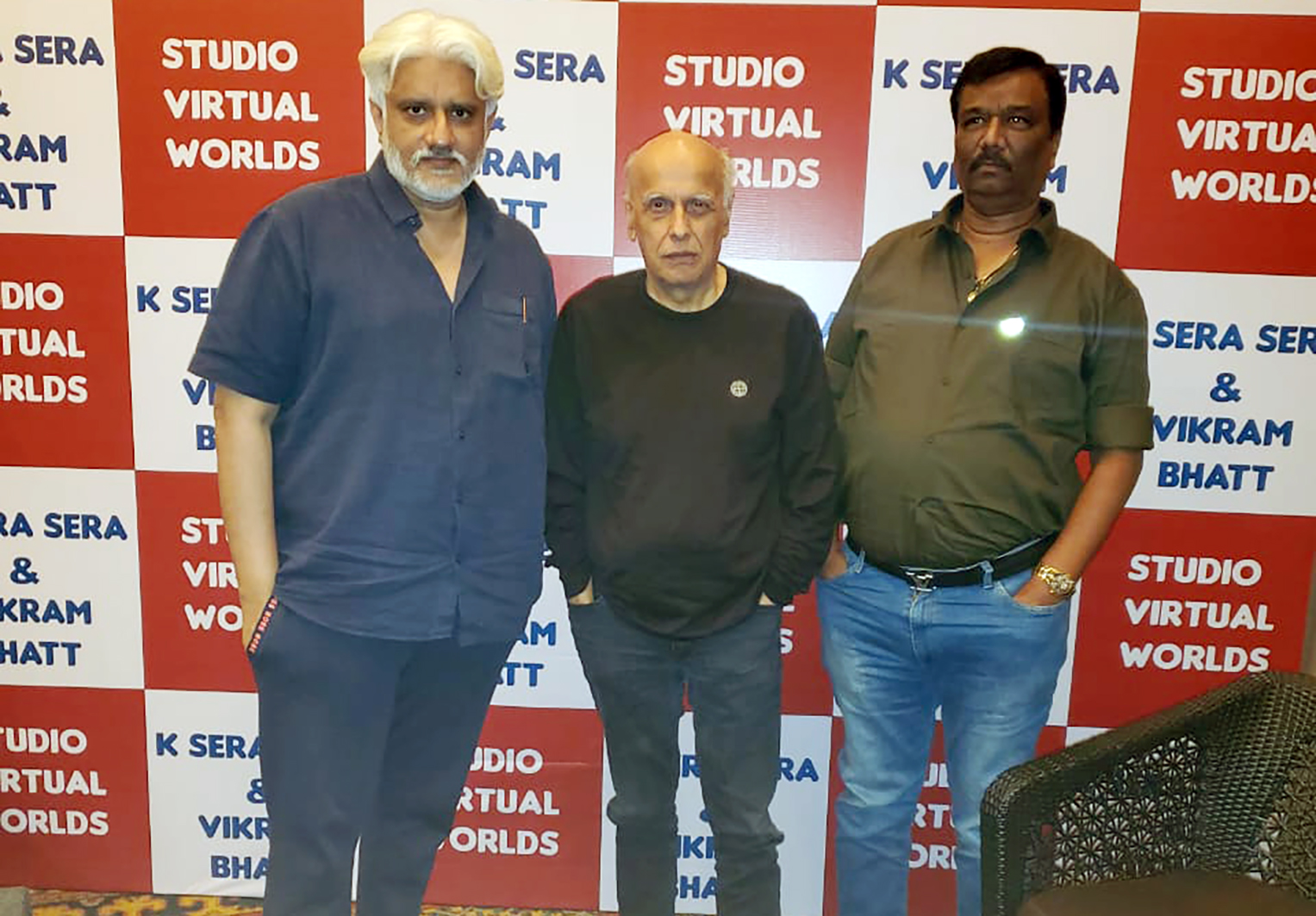
Speaking about the project, Vikram Bhatt said: “The film ‘Judaa Hoke Bhi’ was for us a test of the virtual production technology, that is, with LEDs. We successfully managed to make the entire film on a 60×60 floor. The greatest victory for us is that the film has been released last week and millions of people worldwide have watched it.”
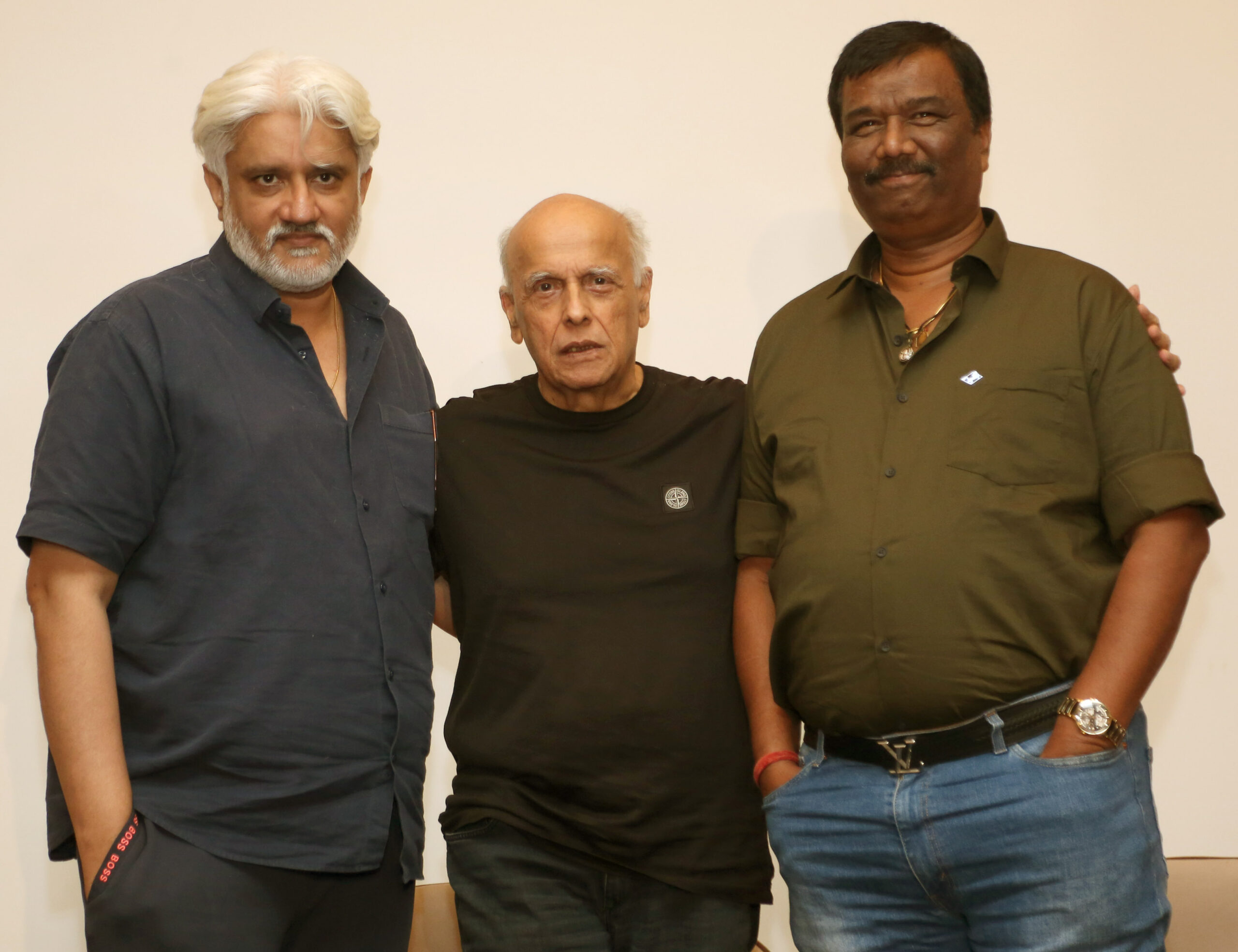
He continued: “We’re glad to announce that audiences have accepted visuals made from our virtual technology and the viewers have said that they found no difference between the real and the unreal — in fact, the virtual scenes have turned out to be better than real. Our victory is that what we made has been taken to the audience and has passed the test. ‘JHKB’ was our R&D film; we now have a ‘proof of concept’.”
Explaining the benefits of the technology, Bhatt said visuals made with the help of Virtual Film Technology look grand and are very cost effective too, ‘Now, Bollywood film producers can become global after joining us and regional filmmakers will be able to make it big nationally. For a minimum investment, we provide maximum visualisation. That is, If you invest Rs 5 crore in any project, our Studio Virtual Worlds will make it look like a Rs 30-crore project.”
Speaking about the global vision of the project, K Sera Sera’s owner, Satish Panchariya, noted: “With our virtual production technology, we have decided to cater to not just Indian cinema, but also to world cinema because now we can match up to standards of any film that is made anywhere.”
Expanding on the theme, Panchariya said: “We are therefore not just targeting the 6,000 or 7,000 cinema screens in India; we are targeting the 1.5 lakh screens around the world and 150 OTT / satellite platforms operating globally. We are keen to make our films in English, Hindi and even in Spanish so that we can reach audiences across the world.”
And he promised: “Now our films will not look inferior; they will not look like they need more money, because this technology of virtual production will give us the grandeur and the majestic images that we have always desired.”
The benefits, according to Panchariya, are obvious. This technology for a big film will allow filmmakers to save up to 40-50 per cent of the predetermined budget. And this would be desirable for every big project. This is, however, not about “the big film”. This is about the films that wanted to look big but didn’t have the budget to do so.
“So, for a regional film which is being shot in Punjab but just wants to have five scenes in Australia, or probably have the whole film shot in Australia, it is no longer necessary that the cast and crew travel to Australia. For the cost of shooting in Mumbai, you could shoot with this technology and make it look like Australia and complete all the action scenes and the songs. This means that virtual production is the ultimate equaliser,” Panchariya said.
Sharing his excitement over the development, acclaimed filmmaker Mahesh Bhatt said: “You’ll be able to get the grand visuals and the vastness which only big films could afford till now. That is why we invite everyone to share this technology; we want to service everyone. We want to tell the world that they can approach us and make their films look like they always wanted them to look: big and fabulous. We can do that for you, and this is the most important thing.”
Mahesh Bhatt added: “We invite not only the Hindi film producers, but we are also inviting the small producer, the big producer, the regional film producer to come and partake of this technology and help us to help them so that together we can become a strong industry.”
Panchariya pointed out: “With this technology, our entire Indian film industry can show its muscle to the world. We have always been looked upon as a country of millions who can make films, but it has always been a certain kind of films, a certain budget we have not had, the budget to make big films like ‘The Lord of the Rings’, ‘Star Wars’ or ‘Avengers’.
“But with this latest technology, we have got it. We don’t have to look farther. This is the beautiful part about it, that we can stand up as a ‘virat swaroop’ to the world and say: ‘Here we are finally, standing shoulder to shoulder with world cinema’.”

